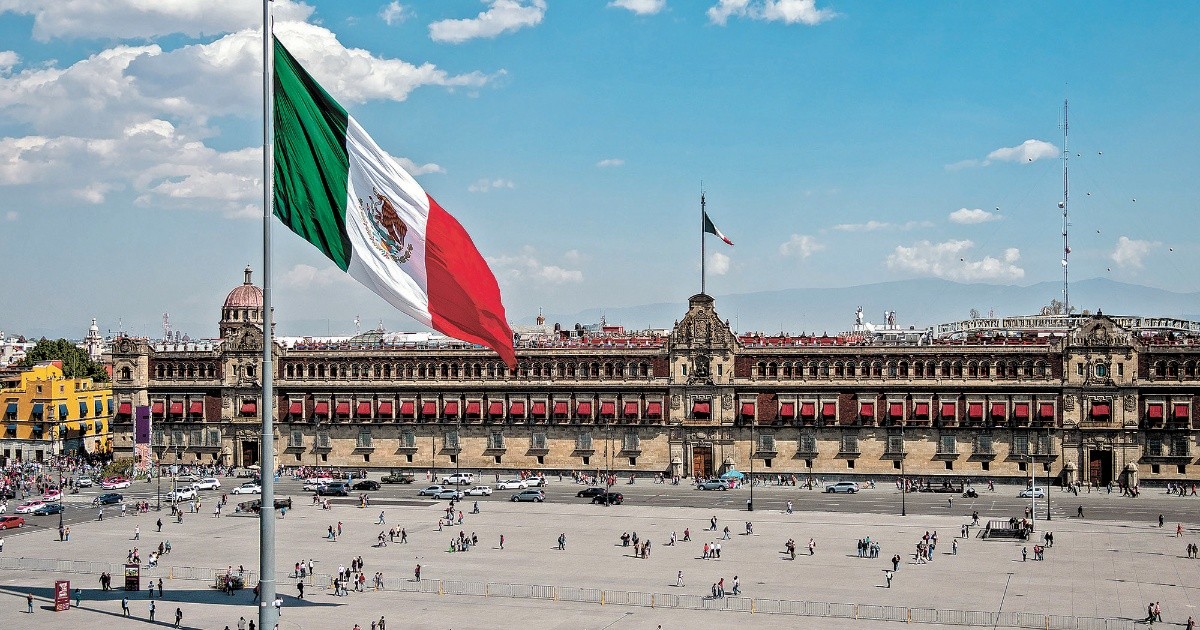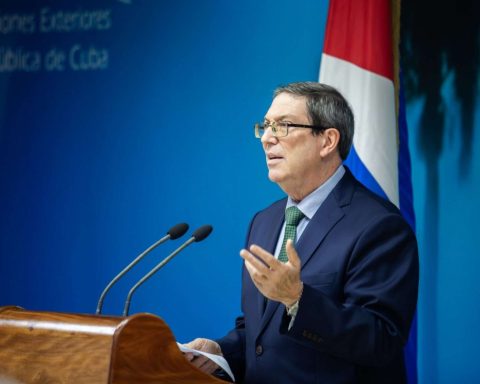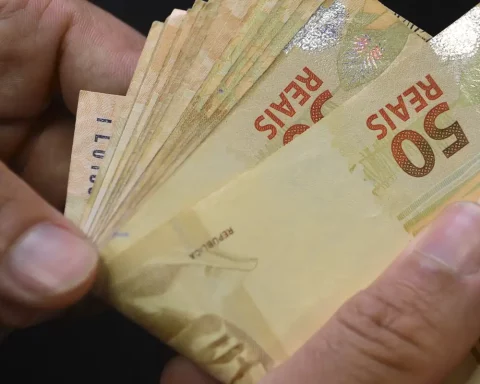The level of public spending, as a proportion of the Gross Domestic Product (GDP), will stagnate this year and then fall towards the end of the current federal administration, according to projections made by the Ministry of Finance and Public Credit (SHCP). ).
For this 2023, the government foresees an expense of just over 8.29 trillion pesos, which represents 26.3% of GDP, which would mean an increase of just 0.1 percentage points compared to the estimate for the end of 2022.
Meanwhile, by 2024, the last year of government, spending as a proportion of GDP would decrease to 24.6%, while for the first year of the incoming administration it would be 24.3 percent.
The Mexican Institute of Finance Executives (IMEF) asserted, at the end of last year, that the slowdown in the economy that is expected for this 2023 would put public finances in trouble, especially given the estimates of the Ministry of Finance of a economic growth of 3% while market estimates place the expansion of the economy below a rate of 2 percent.
“What is worrying about public finances is that the budget is anchored to a 3% GDP, and if this is not achieved, public spending will have to be cut or, if you don’t want to go that way, the other way is increase indebtedness,” said José Domingo Figueroa Palacios, president of the IMEF, in an interview.
The priorities
Of the 8.29 trillion pesos of spending that have been approved for this year, 71.8% corresponds to programmable spending, that is, resources that are destined to provide public goods and services to the population.
Meanwhile, 28.2% of the approved budget will be allocated to non-programmable spending, which refers to resources that are used to fulfill obligations, such as the financial cost of the debt, participations and transfers to states and municipalities.
“By 2023, it is planned to continue focusing public spending on those items that stimulate greater development of all sectors of the population in an environment of growth in economic activity. In this sense, it seeks to consolidate a State capable of focusing efforts on benefiting the most vulnerable people, while addressing the lack of investment in those regions that have historically lagged behind and strengthening the rule of law,” he said. Treasury in the Economic Package.
In accordance with what was approved last year by the Chamber of Deputies, 63.2% of total spending will be allocated to pensions, financial cost of the debt and federalized spending, with which there is less and less fiscal space to carry out public policy , indicated the Center for Economic and Budgetary Research (CIEP).
“Federalized spending, pensions and the financial cost of the debt are prioritized, which, together, concentrate 63.2% of the budget; however, the fiscal space is reduced to 2% of the Gross Domestic Product (GDP)”, said José Luis Clavellina, CIEP Research Director at the time.















